Home>Garden Essentials>How Long Does It Take For Tomato Seeds To Sprout
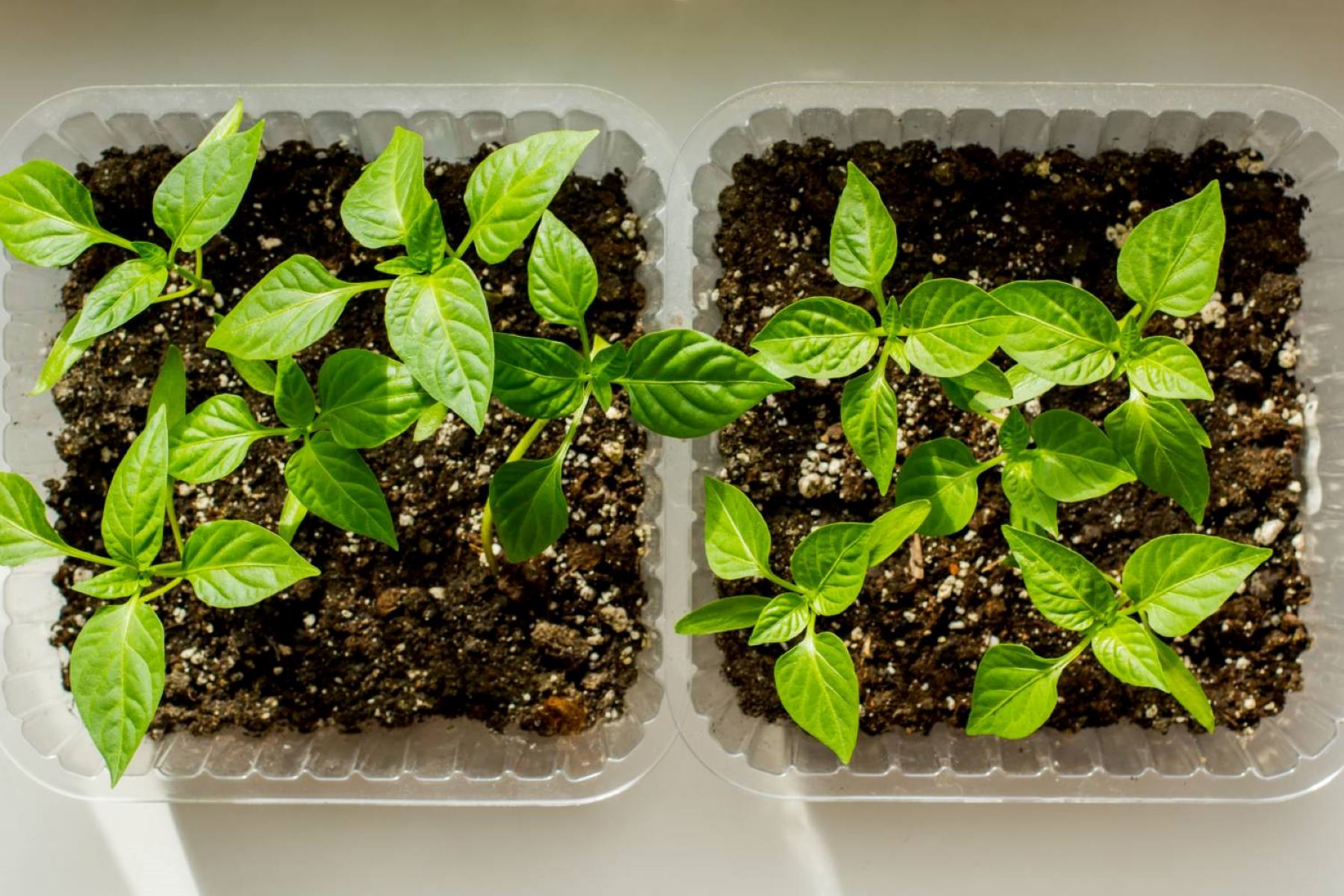

Garden Essentials
How Long Does It Take For Tomato Seeds To Sprout
Modified: August 23, 2024
Learn how long it takes for tomato seeds to sprout in your garden. Discover the best techniques for successful germination and healthy plant growth.
(Many of the links in this article redirect to a specific reviewed product. Your purchase of these products through affiliate links helps to generate commission for Storables.com, at no extra cost. Learn more)
Introduction
Welcome to the exciting world of gardening! Whether you are a seasoned gardener or a beginner, growing your own vegetables can be a rewarding and fulfilling experience. And what better place to start than with tomatoes? As one of the most popular and versatile vegetables, tomatoes are a great addition to any garden. But before you can enjoy the sweet and juicy fruits, you need to know how long it takes for tomato seeds to sprout.
Tomato seed germination is an essential step in the plant’s life cycle. It is the process by which a seed transforms into a tiny plant, ready to grow and flourish. Understanding the factors that affect tomato seed germination and providing the ideal conditions can significantly improve your chances of successful sprouting.
In this article, we will delve into the world of tomato seed germination. We will explore the average germination time for tomato seeds, as well as the various factors that can impact this process. Additionally, we will provide you with valuable tips to enhance tomato seed germination and troubleshoot common issues that may arise along the way.
So, let’s roll up our sleeves, grab some seeds, and delve into the fascinating journey of tomato seed germination!
Key Takeaways:
- Tomato seeds typically take 5 to 10 days to sprout, but this can vary based on factors like temperature and seed quality. Providing warmth, moisture, and patience can help speed up the process.
- Enhance tomato seed germination by pre-soaking seeds, maintaining proper moisture levels, and providing adequate ventilation. Troubleshoot common issues like poor germination and leggy seedlings to ensure successful growth.
Read more: How Long Does A Seed Take To Sprout
Factors Affecting Tomato Seed Germination
Tomato seed germination is influenced by several factors that can either promote or hinder the sprouting process. Understanding these factors will help you create the optimal conditions for successful germination. Here are the key factors that affect tomato seed germination:
- Temperature: Temperature plays a crucial role in seed germination. Tomato seeds generally require a warm environment to sprout, with an ideal temperature range of 70 to 90 degrees Fahrenheit (21 to 32 degrees Celsius). Temperatures below 50 degrees Fahrenheit (10 degrees Celsius) can significantly slow down or inhibit germination.
- Moisture: Adequate moisture is essential for seed germination. Tomato seeds need to be kept consistently moist but not waterlogged. Dry seeds may fail to germinate, while waterlogged conditions can promote fungal diseases and rot. Maintain a balance by watering the soil evenly and regularly, ensuring it stays moist but not overly saturated.
- Light: Tomato seeds do not require light to germinate. In fact, they prefer darkness during the germination process. However, once the seedlings emerge, they need ample light to grow and thrive. Place the seedlings in a sunny location or provide supplemental light using fluorescent or LED grow lights.
- Air Circulation: Good air circulation is important for preventing fungal diseases and facilitating proper seed germination. Stagnant air can lead to moisture buildup, increasing the risk of fungal problems. Ensure adequate ventilation by placing a small fan nearby or providing ventilation holes in the germination container.
- Seed Quality and Age: The quality and age of the tomato seeds can directly impact germination rates. Fresh seeds generally have a higher germination rate compared to older seeds. It is recommended to use seeds within one to two years of purchase. Additionally, choose seeds from reputable suppliers to ensure better quality and viability.
By taking these factors into consideration, you can optimize the conditions for successful tomato seed germination. Creating an environment that provides the right balance of temperature, moisture, light, and air circulation will greatly increase your chances of seeing those first green sprouts emerge from the soil.
Ideal Conditions for Tomato Seed Germination
To give your tomato seeds the best chance of germinating successfully, it’s important to provide them with the ideal conditions. Here are the key factors to consider:
- Temperature: Tomato seeds prefer warm temperatures for germination. Aim for a consistent temperature range of 70 to 90 degrees Fahrenheit (21 to 32 degrees Celsius). You can achieve this by placing the seeds in a warm area, such as on top of a seedling heat mat, or in a greenhouse or warm room.
- Moisture: Keeping the soil consistently moist is crucial for tomato seed germination. Ensure the soil is evenly moist but not waterlogged. Using a spray bottle to mist the soil surface can help maintain moisture levels without causing excess saturation. Covering the seed tray or container with a plastic dome or plastic wrap can also aid in moisture retention.
- Light: While tomato seeds don’t require light to germinate, they do need ample light once they start to emerge. Find a bright and sunny location for the seedlings or provide artificial light using fluorescent or LED grow lights. Aim for approximately 14-16 hours of light per day to support healthy growth.
- Seed Depth: Tomato seeds should be sown at a depth of around ¼ inch (6mm) in the soil. This depth allows for proper moisture absorption while not burying the seed too deeply, which can hinder germination. Gently press the soil over the seeds to ensure good soil-to-seed contact without compacting the soil excessively.
- Seed Starting Mix: It’s recommended to use a well-draining seed starting mix for tomato seeds. This type of mix provides the right balance of moisture retention and drainage. Avoid using heavy garden soil or potting mix, as they can be too dense and retain too much moisture, leading to issues with seed rot.
- Germination Container: Choosing the right container is important for tomato seed germination. Opt for containers with drainage holes to prevent waterlogging. This can include seed trays, peat pots, or biodegradable seed starter pots. These containers provide adequate space for the seeds to germinate and allow for gentle transplanting later on.
By ensuring that your tomato seeds are provided with the ideal conditions of temperature, moisture, light, seed depth, seed starting mix, and germination containers, you greatly increase the chances of successful germination. Remember to monitor the conditions regularly and make adjustments as needed to create the optimal environment for your seeds to sprout and grow.
Average Germination Time for Tomato Seeds
As an eager gardener, it’s natural to be curious about how long it takes for tomato seeds to sprout. The germination time for tomato seeds can vary based on several factors, including the specific tomato variety, environmental conditions, and seed quality.
On average, tomato seeds take anywhere from 5 to 10 days to germinate, but this can vary. Some tomato varieties may sprout as quickly as 3 to 4 days, while others may take up to 14 days or more. It’s important to note that germination time is an estimation and not an exact science.
Factors such as temperature, moisture, and seed quality play a significant role in determining germination time. Providing the ideal conditions, including a warm temperature range of 70 to 90 degrees Fahrenheit (21 to 32 degrees Celsius) and consistent moisture, can help expedite germination. Conversely, colder temperatures or dry soil can delay germination.
It’s also important to consider the specific tomato variety you are growing. Some varieties are inherently slower to germinate than others. For example, larger tomato varieties or heirloom varieties may take longer to sprout compared to smaller or hybrid varieties. Reading the seed packet or doing research on the specific variety can give you a better idea of the expected germination time.
Lastly, the quality of the tomato seeds themselves can influence germination time. Fresh and high-quality seeds typically have higher germination rates and can sprout faster. Ensure that you are purchasing seeds from reputable suppliers and storing them in cool, dry conditions to maintain their viability.
Keep in mind that germination time is just the first step in the tomato growing process. After the seeds have sprouted, the seedlings will require ongoing care, including adequate light, water, and proper transplanting when they are ready to be moved into larger containers or the garden.
By understanding the factors that affect germination time and providing the optimal conditions for your tomato seeds, you can increase the chances of faster and more successful sprouting. Remember to be patient and continue to provide the necessary care and attention as your tomato seedlings grow into robust plants.
Tomato seeds usually take 5-10 days to sprout when kept in a warm, moist environment. Providing consistent moisture and a temperature of 70-80°F can help speed up the germination process.
Tips to Enhance Tomato Seed Germination
While tomato seeds have the innate ability to germinate, there are several tips and techniques you can employ to enhance the germination process and increase your chances of success. Here are some valuable tips to help you achieve optimal germination:
- Pre-soak the seeds: Tomato seeds have a tough outer seed coat that can benefit from pre-soaking. Place the seeds in a bowl of warm water for 24 hours before sowing. This softens the seed coat and can promote quicker and more uniform germination.
- Use seedling heat mats: Providing a consistent and warm soil temperature is crucial for successful germination. Invest in a seedling heat mat or propagation tray with a built-in heating element. This helps maintain the ideal temperature range of 70 to 90 degrees Fahrenheit (21 to 32 degrees Celsius), especially in cooler environments.
- Optimize moisture levels: Tomato seeds require consistent moisture for germination. To ensure the soil remains evenly moist, cover the seed tray or container with a plastic dome or plastic wrap. This helps retain moisture and creates a mini-greenhouse effect. Monitor the soil moisture regularly and mist with water as needed to maintain proper moisture levels.
- Provide adequate ventilation: While maintaining moisture is important, it’s equally crucial to provide good airflow to prevent fungal diseases. Remove the plastic dome or plastic wrap once the seeds start to sprout, and place a small fan nearby or provide ventilation holes in the germination container to promote air circulation.
- Label and organize: Keep track of the different tomato varieties you are growing by labeling your containers or seed trays. This will help you identify and care for each variety properly. Additionally, organize your seeds by variety and date of purchase to ensure you use the freshest seeds first.
- Thin out seedlings: If you have sown multiple seeds in one container, thin out the weaker seedlings once they have sprouted. This allows the remaining seedlings to receive the necessary nutrients, space, and light to grow into healthy plants.
- Provide adequate light: Once the seeds have sprouted and seedlings have emerged, ensure they receive sufficient light. Place the seedlings in a sunny location, or provide artificial light using fluorescent or LED grow lights. Make sure to adjust the light source’s height to prevent leggy growth and maintain a distance of around 6 to 12 inches from the seedlings.
- Transplant carefully: When the seedlings have grown their first set of true leaves, they are ready to be transplanted into larger containers or the garden. Handle the seedlings gently by their leaves or use a spoon to carefully lift them from the container. Plant them at the same depth as they were in the original container to avoid burying the stem too deeply.
By following these tips, you can enhance the germination of your tomato seeds and set your seedlings up for a successful start. Remember to provide the right conditions, such as pre-soaking, proper moisture management, warmth, ventilation, labeling, thinning out, adequate light, and careful transplantation. With a little patience and attention to detail, you’ll soon have a thriving crop of tomato plants in your garden!
Common Issues and Troubleshooting
While tomato seed germination is a relatively straightforward process, it’s not uncommon to encounter a few challenges along the way. Here are some common issues that gardeners may face during tomato seed germination and solutions to troubleshoot them:
- Poor germination: If you’re experiencing low germination rates, it could be due to several factors. Check the seed quality and age to ensure you’re using fresh and viable seeds. Review the temperature and moisture levels, making sure they’re within the optimal range. If necessary, try pre-soaking the seeds or using a seedling heat mat to improve germination rates.
- Damping off: Damping off is a fungal disease that can cause seedlings to collapse or wilt at the soil line. To prevent damping off, make sure to use sterile seed starting mix and clean containers. Avoid overwatering or allowing water to accumulate excessively. Improve airflow and ventilation to reduce humidity levels. If damping off occurs, remove affected seedlings and adjust the growing conditions to prevent further spread.
- Leggy seedlings: Leggy seedlings occur when they grow tall and thin with weak stems. This is typically a result of insufficient light or improper growing conditions. Make sure the seedlings receive ample light, either from sunlight or artificial grow lights. Adjust the light source’s height to maintain a distance of 6 to 12 inches from the seedlings to promote sturdy growth.
- No emergence: If your tomato seeds fail to emerge, it’s possible that they’re either planted too deep or the soil temperature is too cold. Check the planting depth, ensuring the seeds are sown at a depth of approximately ¼ inch (6mm) in the soil. Consider using a seedling heat mat to provide the necessary warmth for germination. If the seeds still don’t emerge after a reasonable period, consider reseeding with fresh seeds.
- Inadequate airflow: Poor air circulation can lead to stagnant conditions and increase the risk of mold or fungal diseases. To improve airflow, place a small fan nearby to create gentle airflow in the germination area. Alternatively, you can provide ventilation holes in the germination container or remove the plastic dome or plastic wrap once the seeds have sprouted.
- Seedlings are pale or yellow: Pale or yellowing seedlings can be a sign of nutrient deficiencies, particularly nitrogen. Ensure that you’re using a balanced fertilizer or incorporate organic matter into the soil prior to planting. Adjust the fertilizer application rates according to the recommendations on the packaging. If the seedlings continue to struggle, consult a local extension office for soil testing and nutrient analysis.
Remember that gardening involves trial and error, and it’s normal to encounter challenges along the way. By troubleshooting common issues, adjusting growing conditions, and providing attentive care, you can overcome these obstacles and set your tomato seedlings up for success.
Don’t be discouraged by setbacks. Gardening is a learning process, and each experience will help you become a more skilled and knowledgeable gardener. Experiment with different techniques, observe the results, and adapt your approach as needed. Before you know it, you’ll be harvesting a bountiful crop of delicious, homegrown tomatoes!
Conclusion
Congratulations on embarking on the exciting journey of growing your own tomatoes from seeds! By understanding the factors that affect tomato seed germination and implementing the tips and techniques discussed in this article, you are well-equipped to ensure successful sprouting and healthy seedling growth.
Remember, germination time can vary based on various factors, such as temperature, moisture, seed quality, and tomato variety. Be patient and provide the optimal conditions for your seeds, including warm temperatures, consistent moisture, adequate light, and proper ventilation.
Throughout the germination process, be mindful of common issues like poor germination, damping off, leggy seedlings, lack of emergence, inadequate airflow, or nutrient deficiencies. Troubleshoot these issues by adjusting your growing conditions, improving ventilation, using quality seeds, and providing proper care to your seedlings.
Gardening is a journey of learning and discovery, so don’t be discouraged by minor setbacks. Embrace the opportunity to learn from your experiences and continuously improve your gardening skills.
As you nurture your tomato seedlings from their humble beginnings to healthy plants, keep in mind the joy and satisfaction that await you. Soon, you’ll be harvesting delicious, homegrown tomatoes, filled with vibrant flavors and the knowledge that you played a part in their growth.
So, grab your seeds, prepare your growing space, and embark on this rewarding journey. With a little patience, care, and a touch of green thumb, you’ll enjoy a bountiful harvest of luscious tomatoes that will make your taste buds dance and bring endless delight to your meals.
Happy gardening!
Frequently Asked Questions about How Long Does It Take For Tomato Seeds To Sprout
Was this page helpful?
At Storables.com, we guarantee accurate and reliable information. Our content, validated by Expert Board Contributors, is crafted following stringent Editorial Policies. We're committed to providing you with well-researched, expert-backed insights for all your informational needs.
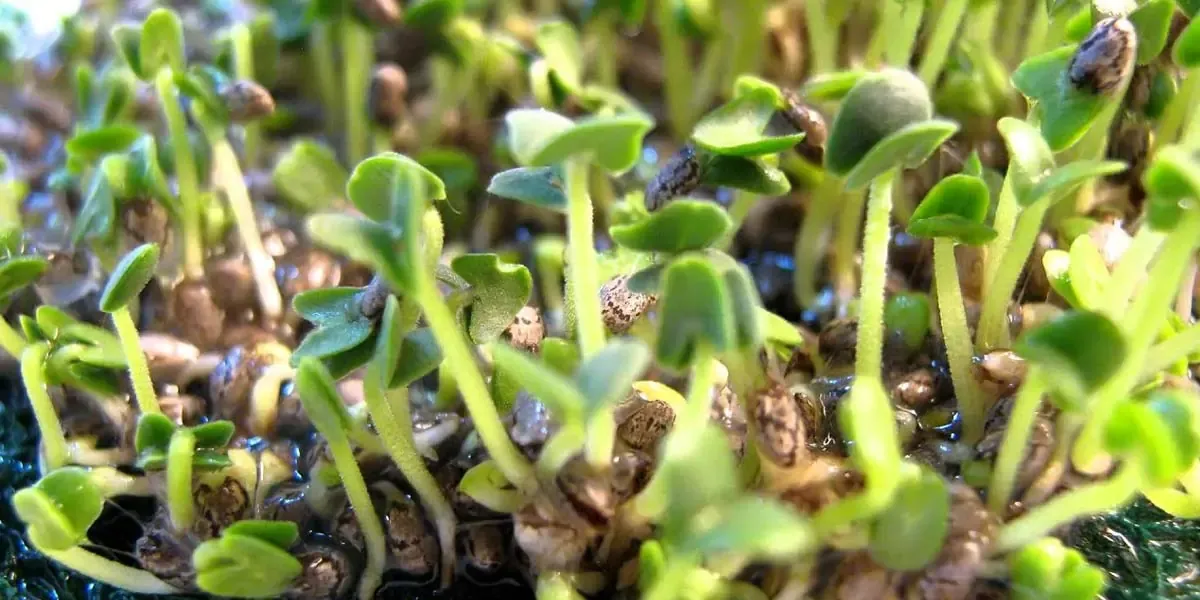
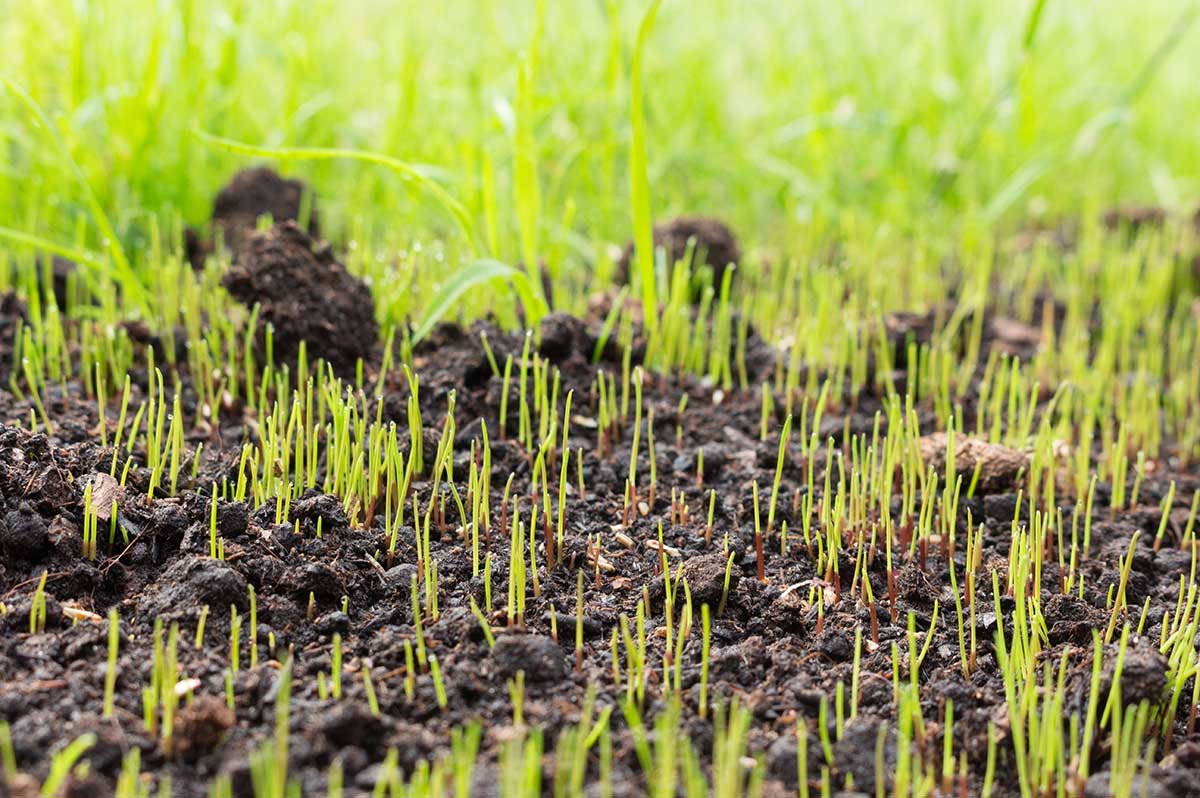
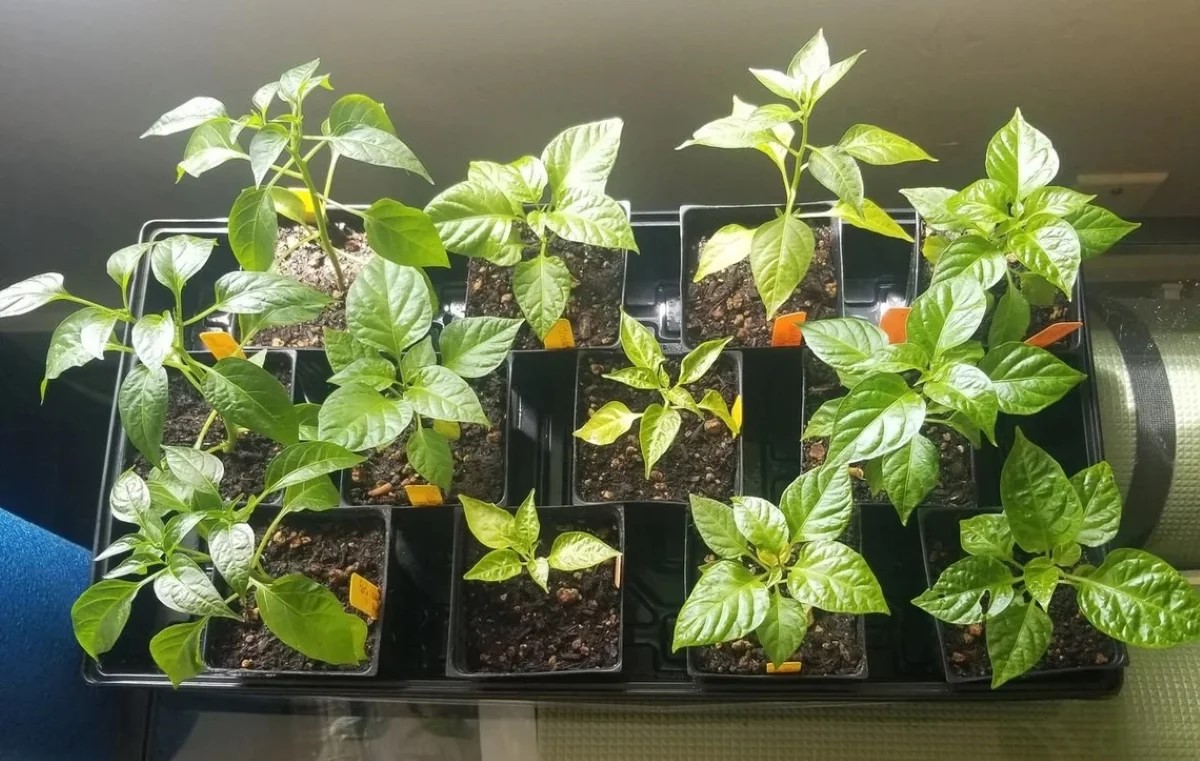
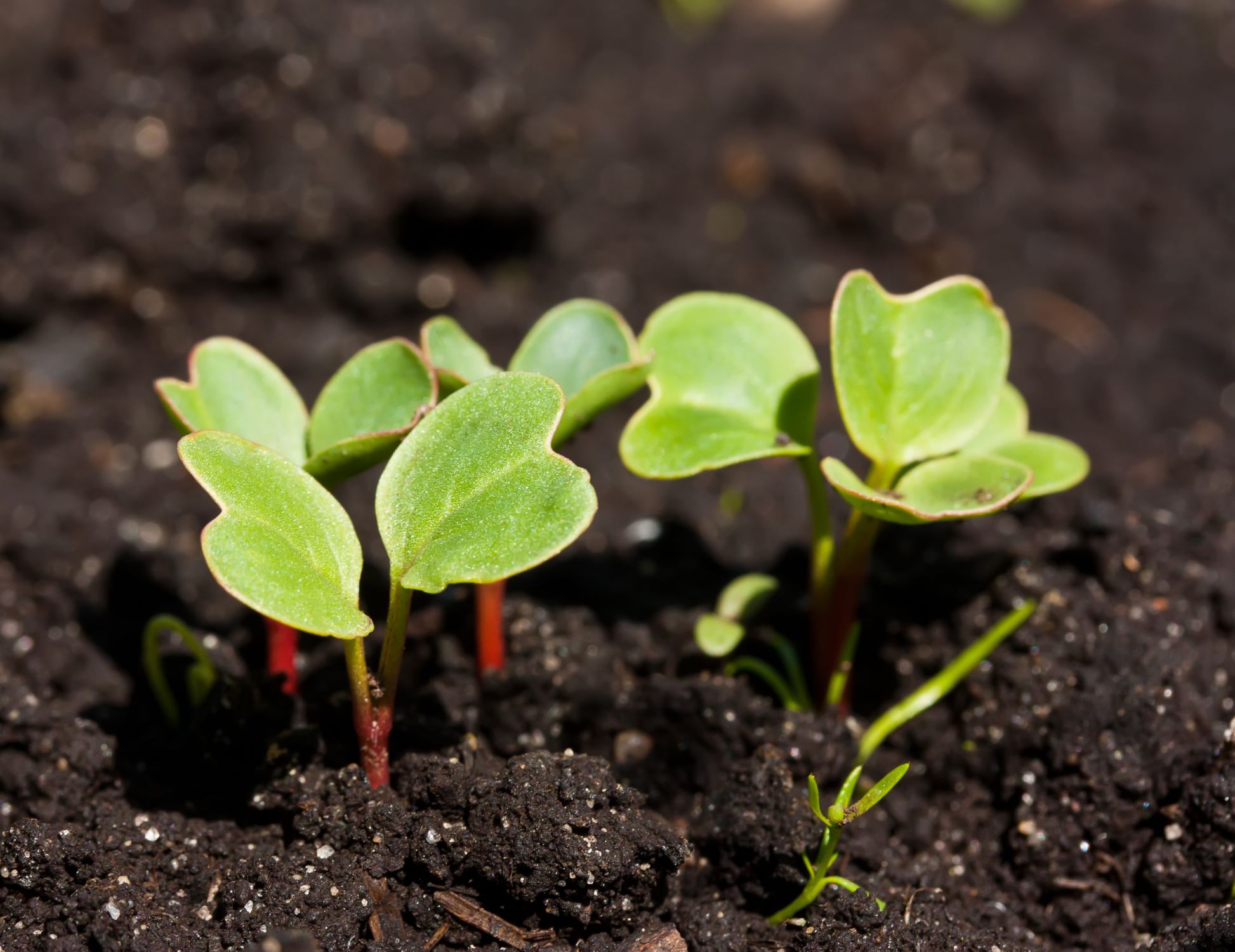
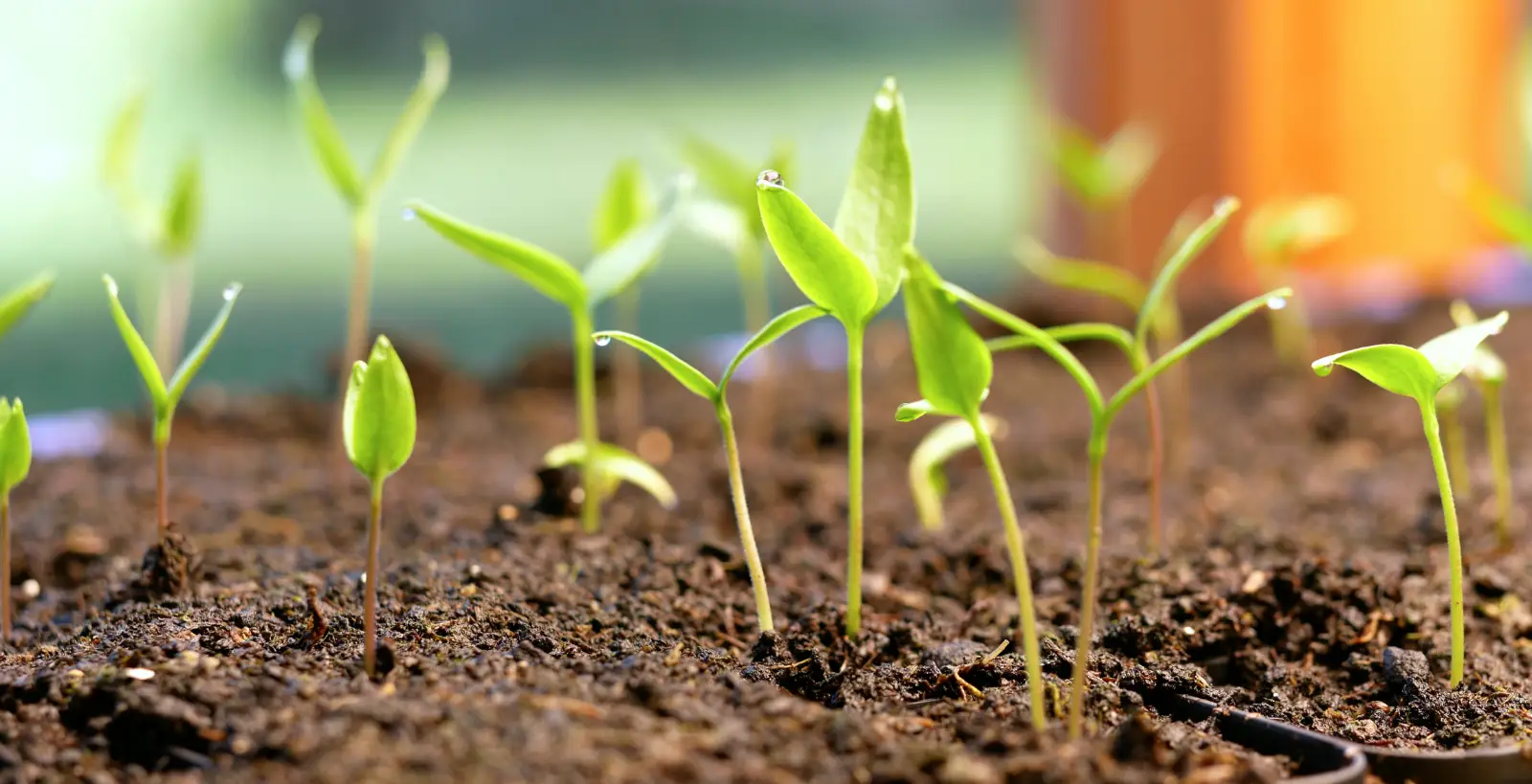
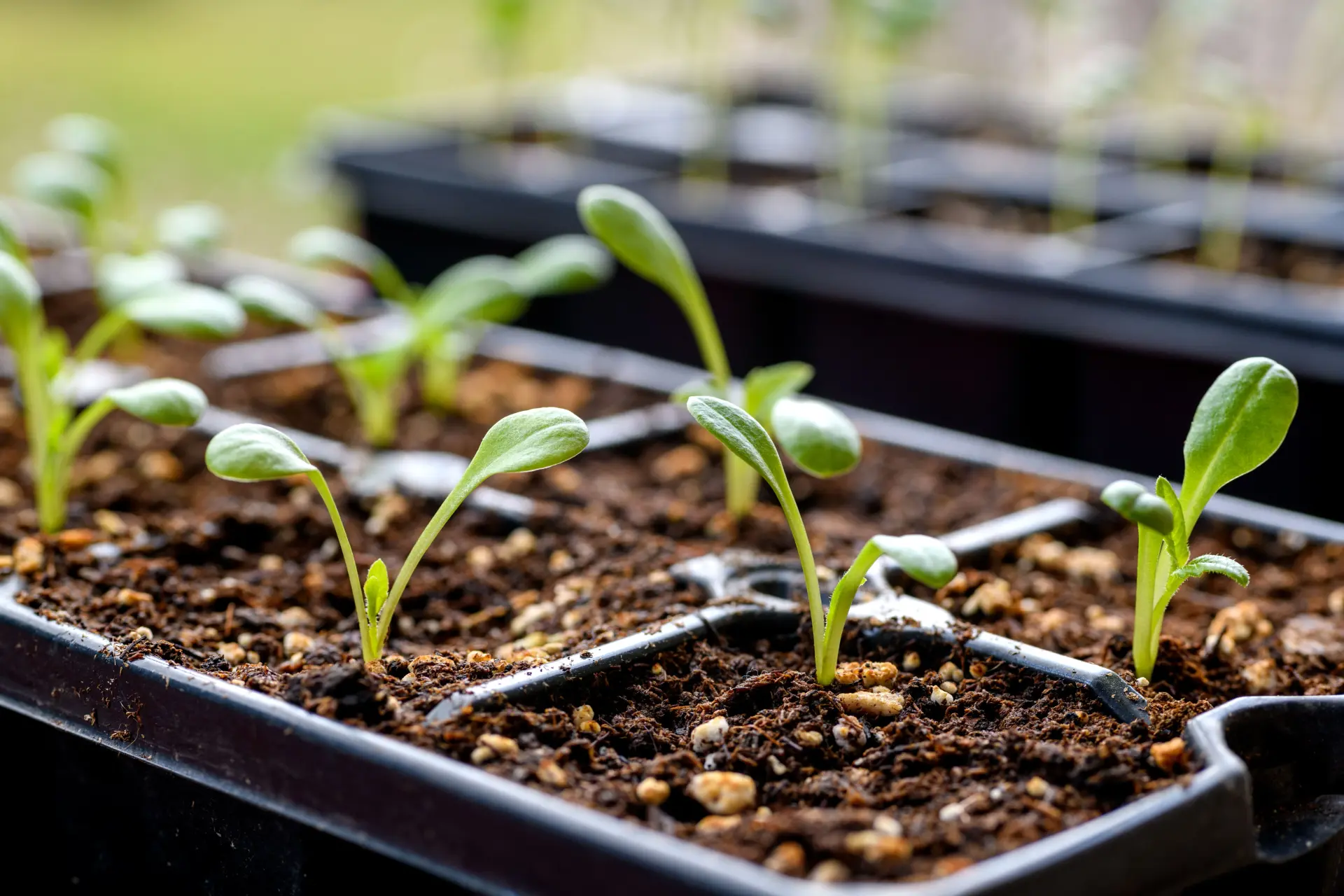
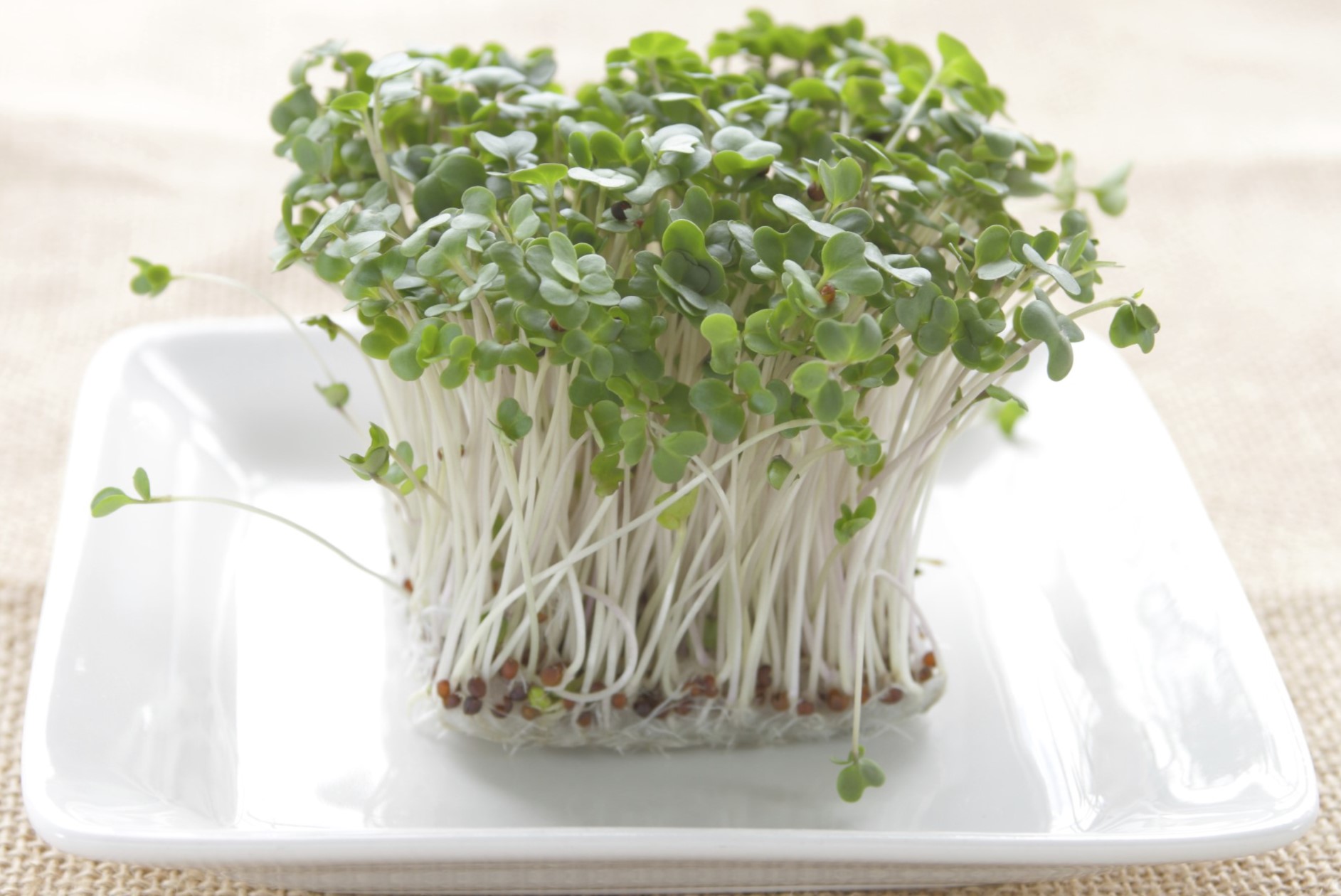
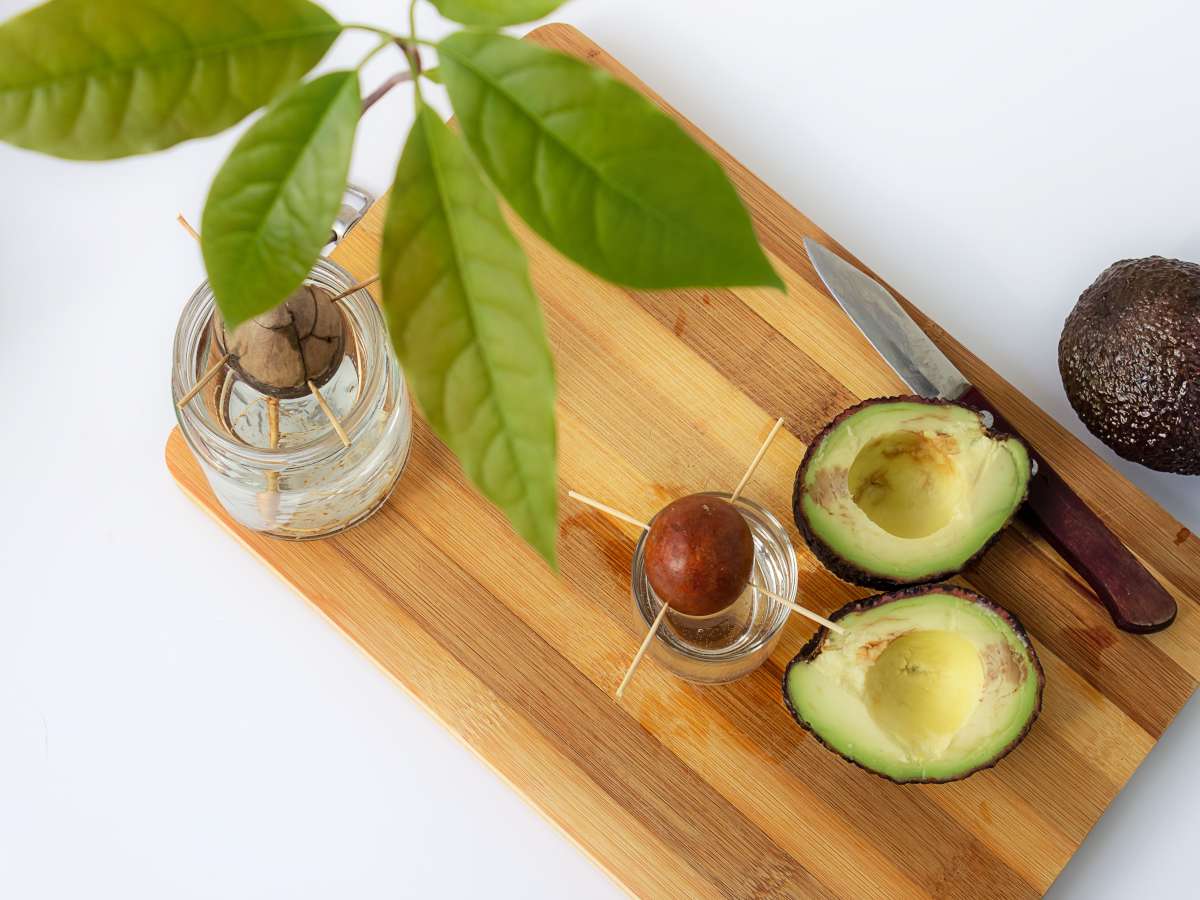
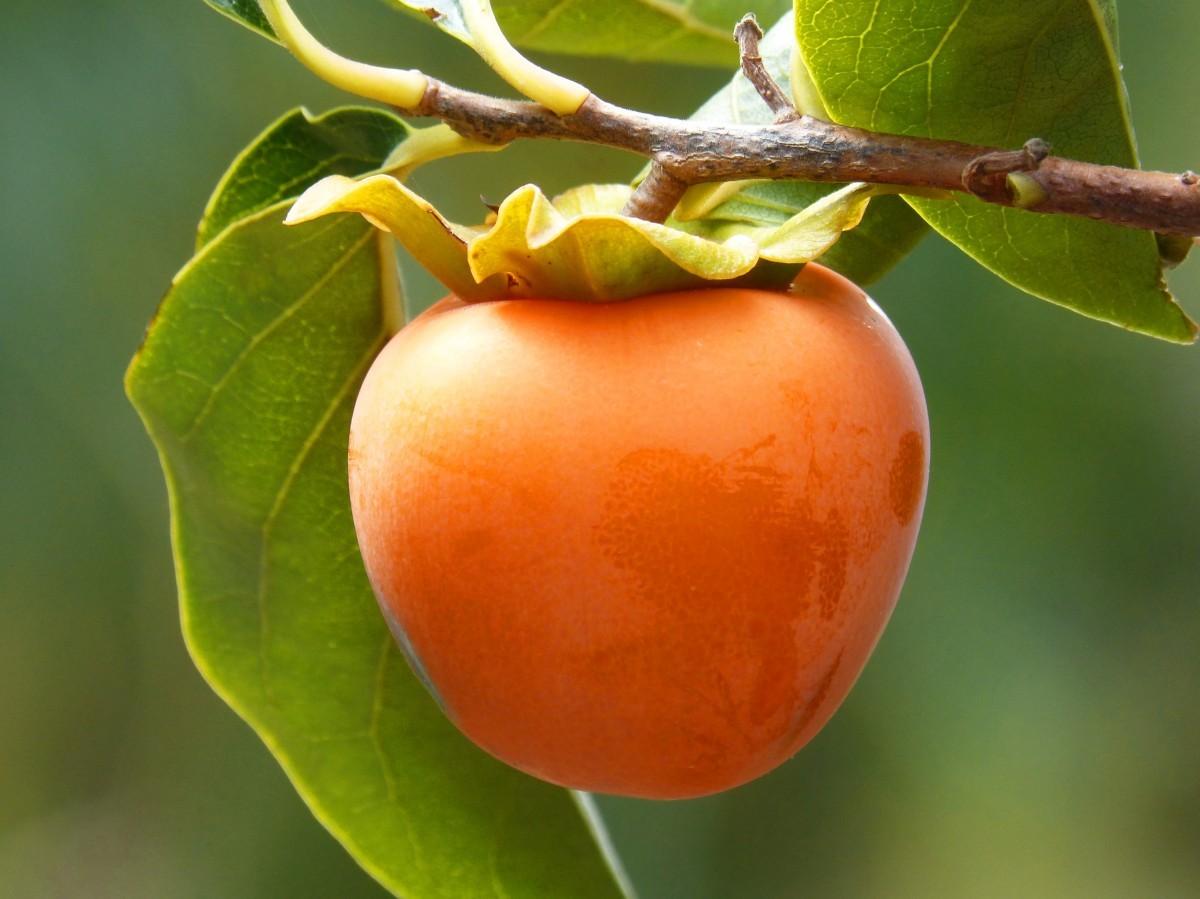
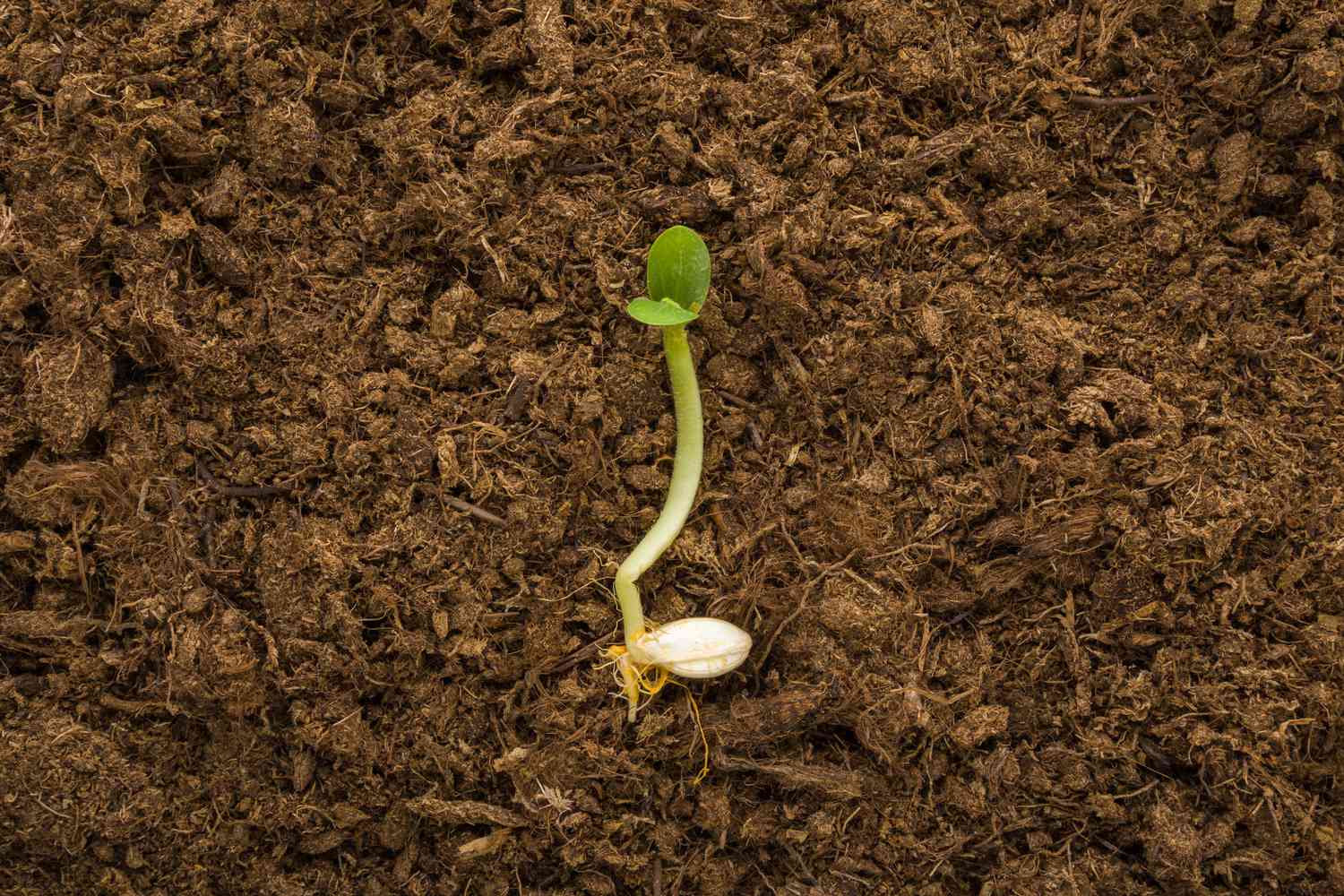
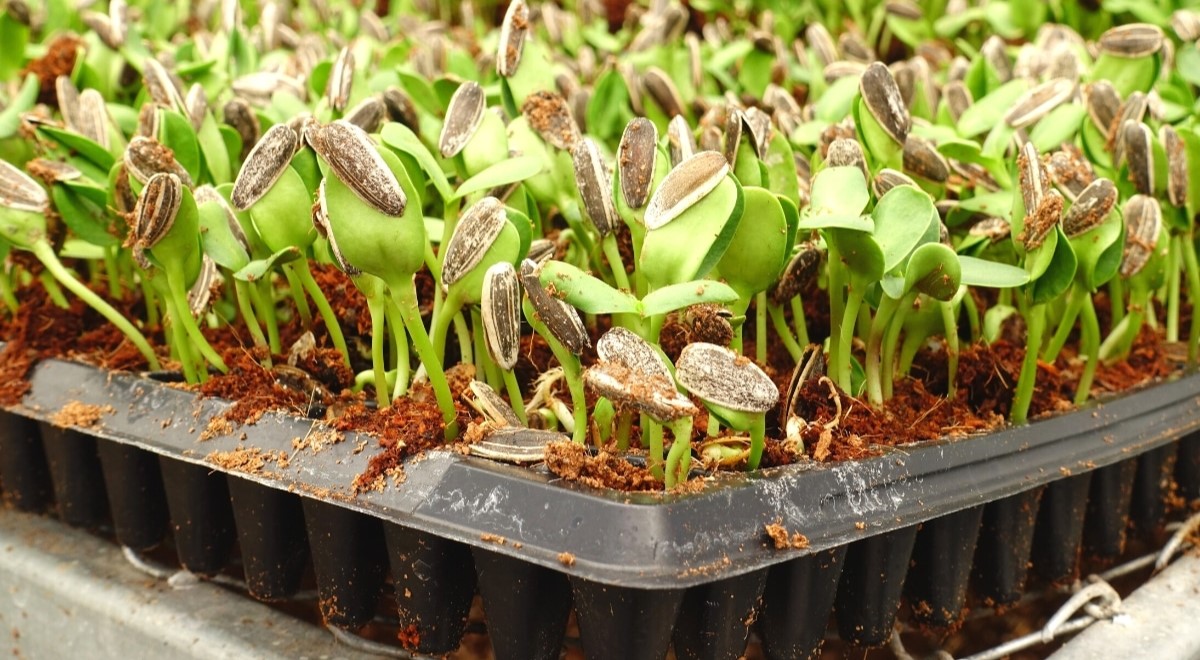
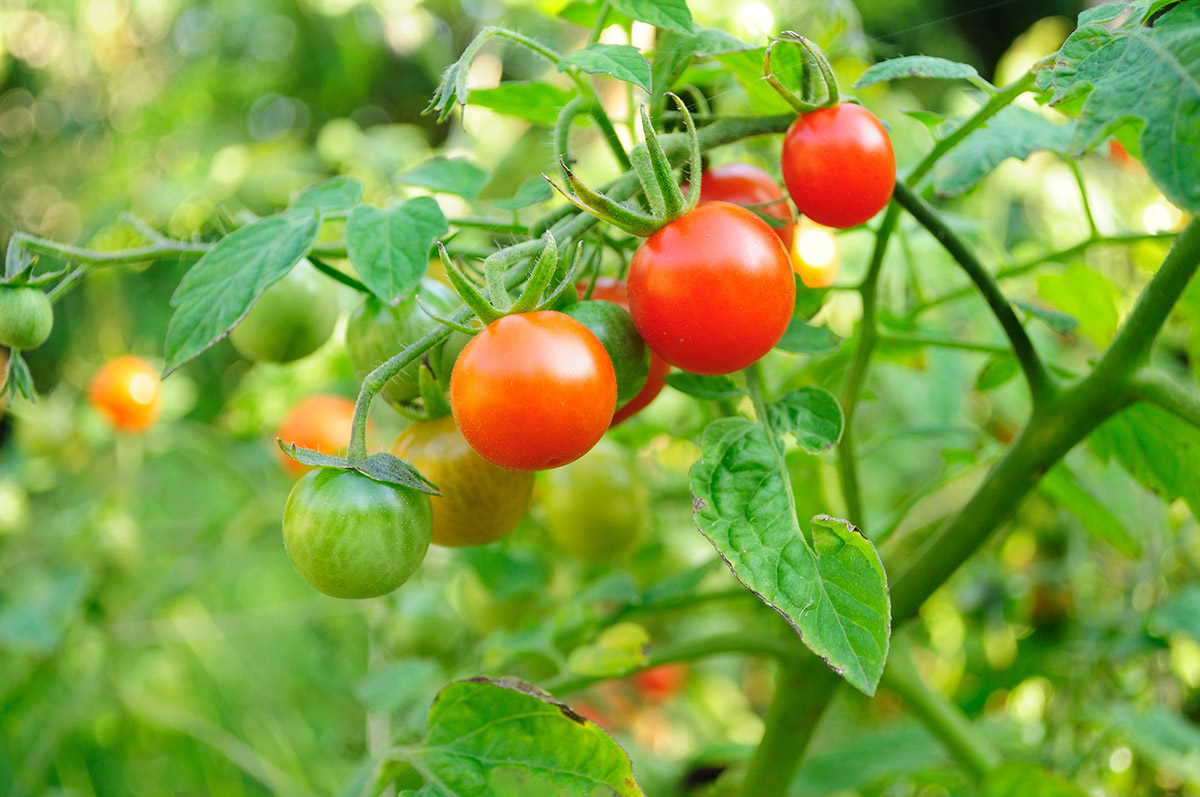
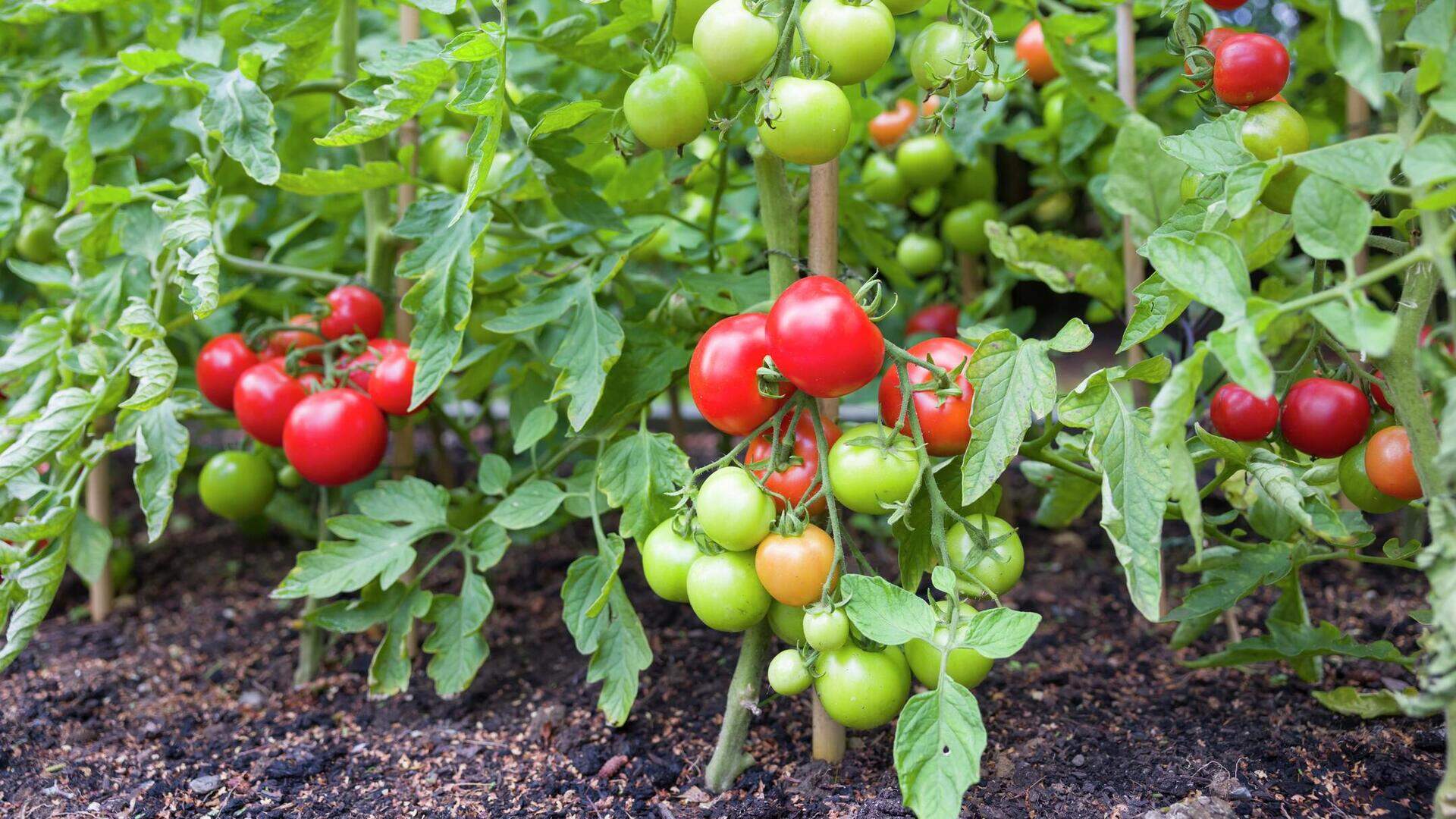
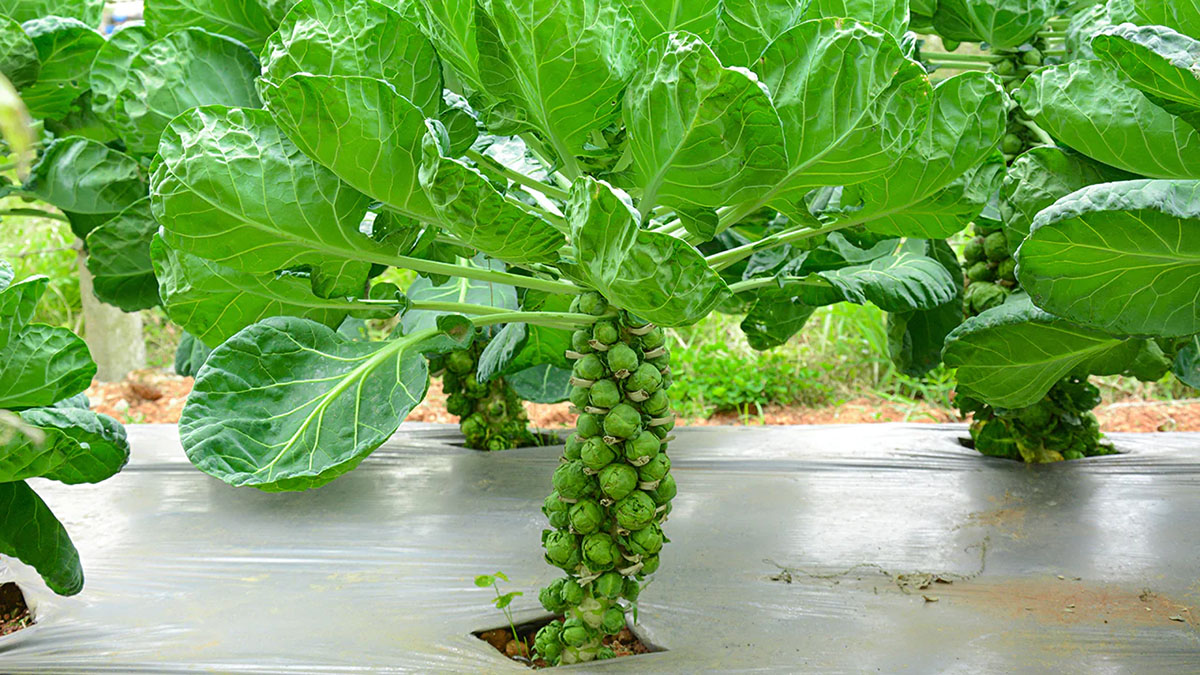

0 thoughts on “How Long Does It Take For Tomato Seeds To Sprout”